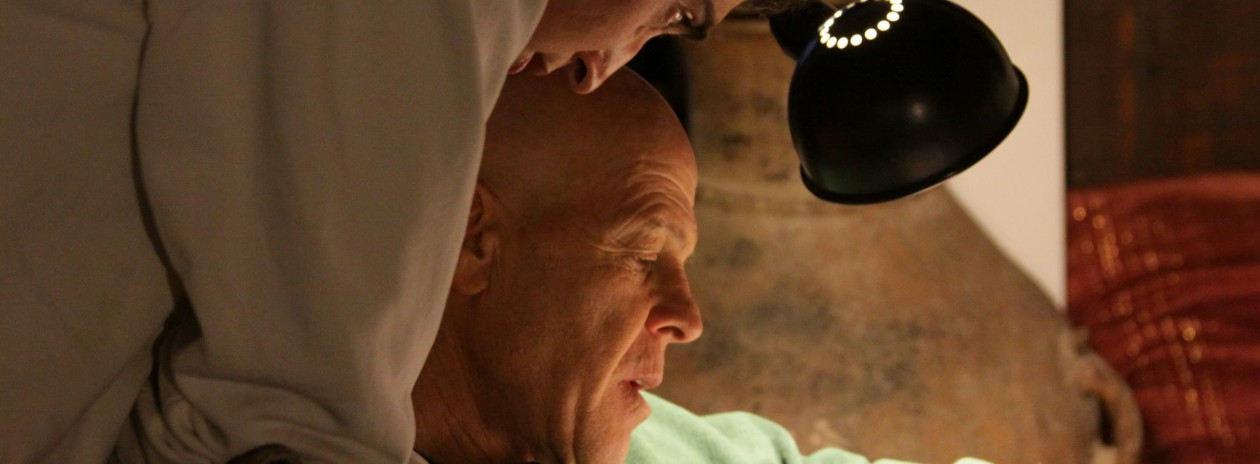On Religiosity and Super Religiosity essay submits a thesis on radical religion, discusses the measures of religion and proposes the concept of Super-Religiosity. It will be followed by a second essay (in an upcoming issue of Numen, 4, 2013) that presents a contemporary “case” to which the analytic model of Super-Religiosity is applied.

Written By Prof. Gideon Aran
Though the two essays systematically relate to each other and are complementary, they can be read independently of one another.
The theoretical core of the essay addresses the issue of the measurability of religiosity. It supports the recent claim that religion in general and religious extremism in particular, is not so much a matter of belief or experience but rather it is essentially a matter of performance of the self and the group. It then argues that advancing our understanding of religious extremism requires turning the spotlight from a performance oriented towards religion’s environment to religious inward-facing performance.
It further maintains that religious extremism’s center of gravity is the in-group dynamics of competition over religious excellence rather than (rational choice) competition over external resources. Finally, the paper proposes a measure of religiosity: one used by the practitioners of religion themselves.
The religious group at the empirical focus of the essay is the Jewish Ultra-Orthodox in contemporary Israel, known as Haredim. More precisely, the essay describes and analyzes the hard core of the Haredi society that manifests religious extremism. It offers a comprehensive and methodic picture of Haredi society based on a critical survey of the literature, combined with examination of updated data into which findings of an extensive field research are integrated.
The discussion of the Haredi world is harnessed to the effort to deconstruct and reevaluate the prevalent concepts of tradition and fundamentalism, and suggest new perspective on scaling religiosity and on high-scale religiosity.
Gideon Aran’s research combines intensive case study based on fieldwork with theoretical-comparative perspective.
